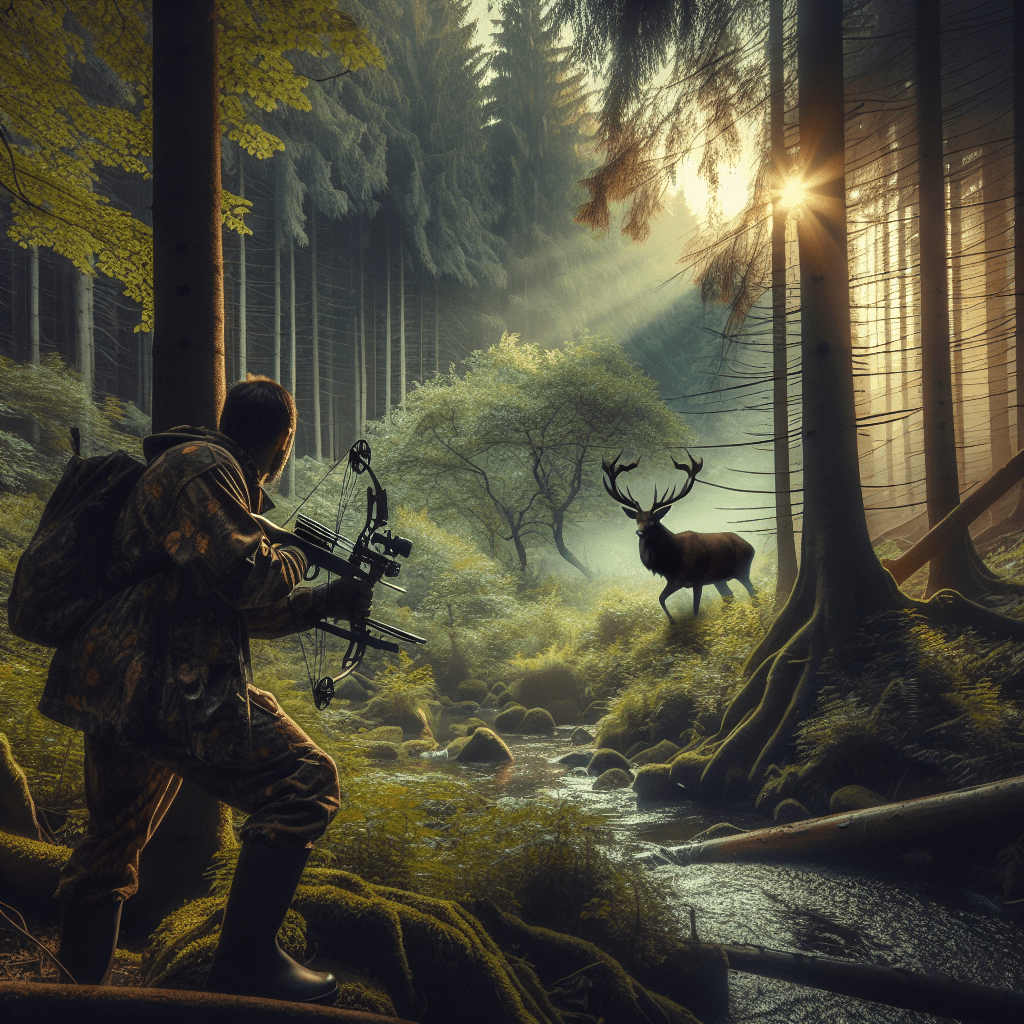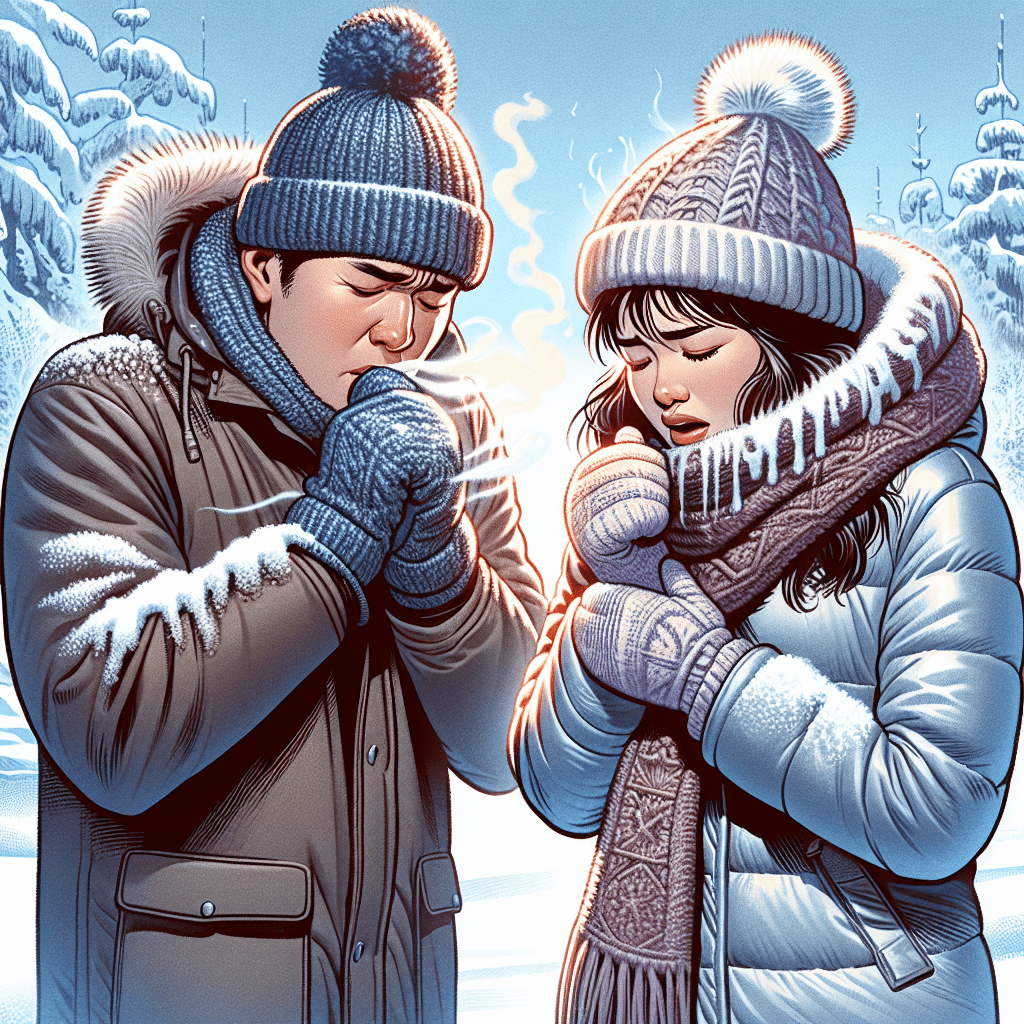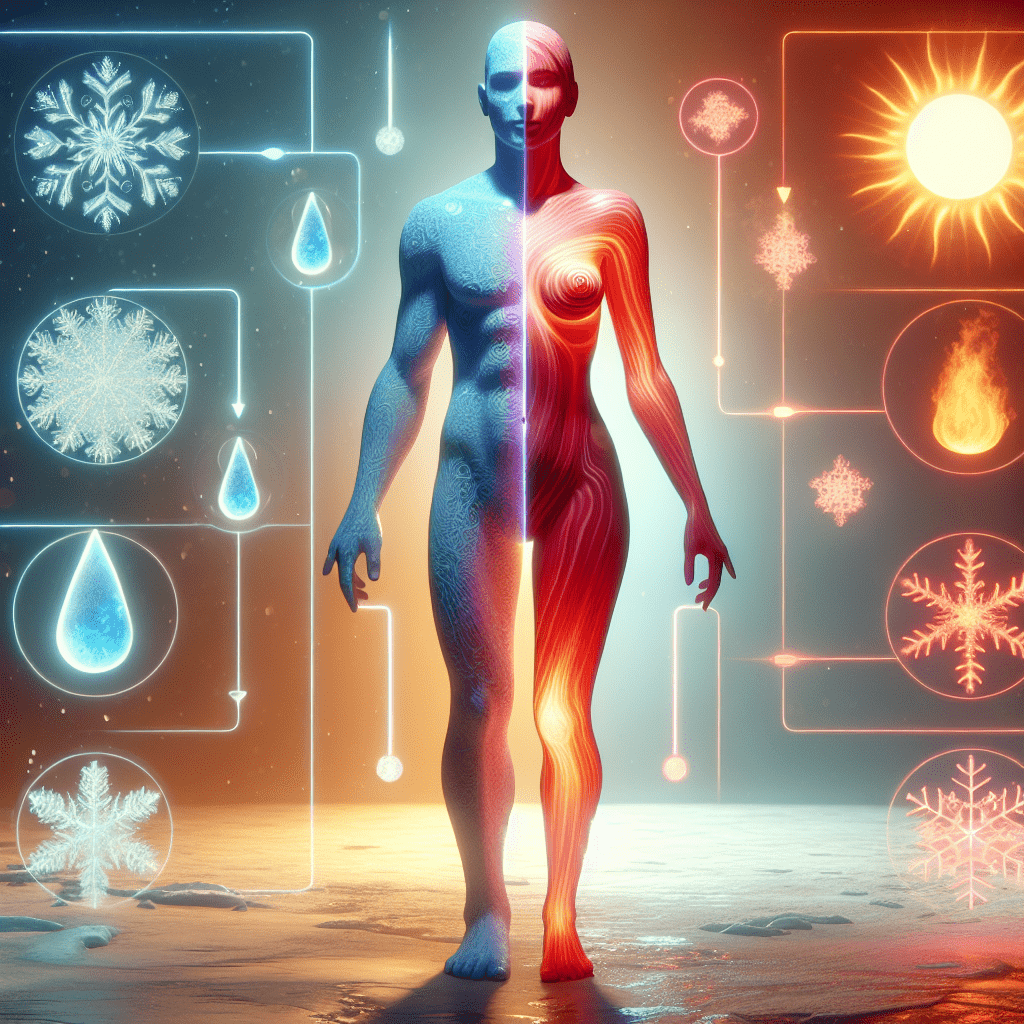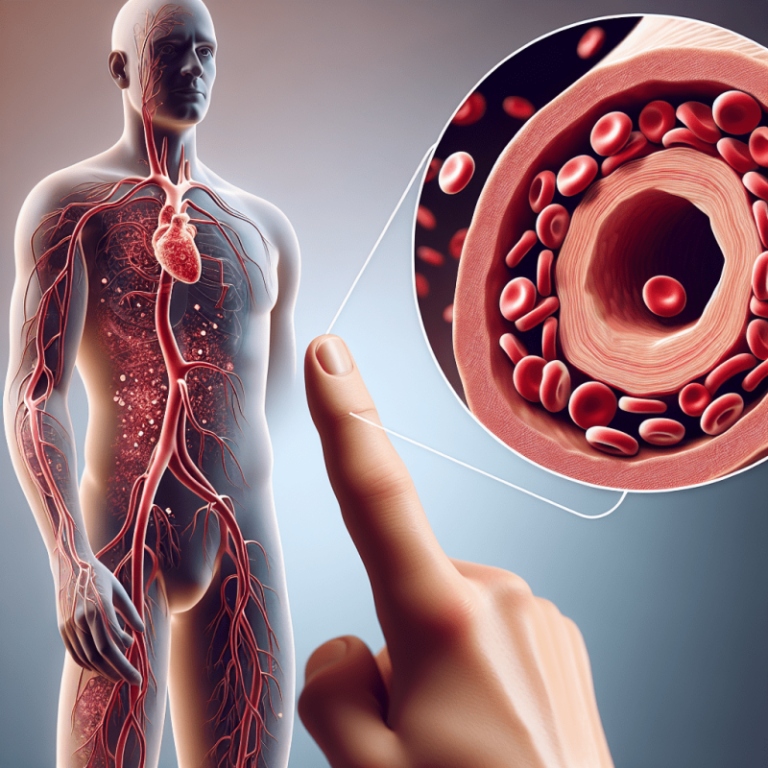How does the hunting response work?

Our bodies have a fascinating set of mechanisms designed for survival in different environments. One of these mechanisms is called the “hunting response” or the “Lewis hunting reaction”. This is a thermal response that our bodies use to adapt to cold temperatures, but it actually has very little to do with actual hunting.
The hunting response allows us to adjust to harsh climates without suffering terrible consequences like frostbite. This critical function is driven by vasodilation and vasoconstriction, which stands for the expanding and shrinking of the blood vessels.
In this article, we’ll explain to you exactly what this cold-adaptation mechanism is. We’ll simplify the thermoregulatory mechanisms and blood vessel response of this interesting function. And most importantly, we’ll tell you why and how is the hunting response used in cryotherapy!

Lewis Hunting Reaction – Benefits
To understand the hunting response, we have to look into the biological processes of how our body regulates its temperature.
What Is the Hunting Response?
Does cold cause vasodilation or vasoconstriction? When we’re exposed to the cold, our body executes cold-induced vasodilation (CIVD), also known as the hunting response or the Lewis hunting reaction. This response kicks in as a protective mechanism to prevent cold injuries after about 10 minutes after the initial exposure to the cold. It got its name from the researcher Thomas Lewis, who first described it in 1930 (1).
Upon initial reaction to the cold, our skin experiences vasoconstriction. This is a process that narrows (constricts) the blood vessels to reduce blood flow and conserve body heat by reducing heat loss from the surface of the skin. However, if the cold exposure continues, our extremities (toes, fingers) will become colder and colder due to the tightened blood vessels. Our body counteracts this initial response with vasodilation. This response widens the blood vessels to increase blood flow which warms cold tissues. This process will keep continuing and repeating itself over and over, for as long as you stay cold. The body will try to adapt in the meantime as long as you still have the energy to do so.
This paradoxical cycle primarily happens in the hands, feet, ears, nose, and face, preventing them from cold-induced injuries (2). The term “hunting” comes from the way the body “hunts” for more heat during the change between vasoconstriction and vasodilation of the blood vessels.
Survival and Adaptation
The hunting response is a great example of how our body naturally responds to the environment’s temperature changes.
A primary purpose of the Lewis hunting reaction is to prevent hypothermia and frostbite. Both of these are painful injuries that occur when our body can’t handle the cold temperature anymore. The Lewis reaction alternates between vasodilation and vasoconstriction. In this way, we can maintain an even internal temperature and prevent cold-induced injuries from happening.
This survival tactic shows how our body can adapt to the cold. By causing a cycle of warm blood to the surface of the skin, our body avoids the damaging consequences of continuous cold exposure. This allows us to better face cold environments and use cold therapy to our benefit.
If you’d like to learn more about the physiology of cold therapy, you can watch this video:
Factors Influencing the Hunting Response
Many factors influence how you respond to cold exposure. For example, people born and who continue to live in extremely cold environments have a faster and stronger response to the cold. This could be noticed by the speed at which your blood vessels continue to expand and constrict.
For example, the faster and more extreme the decrease in temperature, the more intense will be your body’s physiological cold response to support and protect it. Continued cold exposure can enhance your response due to the body’s increased need for heat conservation and prevention of hypothermia.
How Individual Conditions Affect Onset and Duration
A person’s bodily conditions are equally responsible for affecting the intensity and success of one’s hunting response to the cold. These factors include:
- age,
- physical conditioning,
- metabolic rate,
- general health.
All of these factors can significantly impact the body’s thermoregulation response and survival mechanism to the cold. In general, healthy and young individuals typically enjoy a stronger hunting response. In contrast, elderly individuals are more susceptible to cold injuries because their physiological response to the cold may be less effective.
Those in good physical condition with faster metabolic rates are more likely to generate more heat, which contributes to a more efficient hunting response. The heat generation provides a strong reactive response and quickly fights the effects of extreme cold exposure. Those with underlying health conditions might witness a slower response, making them more prone to cold-related injuries.

Lewis Hunting Reaction – Examples
Cold-Weather Sports and Activities
Without a doubt, the hunting response plays a major role in cold-weather sports and activities. For example, alpine climbers and skiers depend on the Lewis hunting reaction to maintain their body’s temperature and prevent hypothermia.
Our ability to adapt to the cold ensures that your internal body temperature remains in a stable state. This is crucial to prevent cold injuries, such as frostbite, which is a risk facing everyone who likes winter sports and activities.
Medical and Therapeutic Treatments
The hunting response has relevance in medical and wellness treatments as well. Constricting and dilating blood vessels promotes better blood circulation. This helps prevent frostbite in cold environments and increases the chances of healing in areas of the body with compromised blood flow.
There are more examples of the Lewis hunting reaction in physiotherapy. This reaction is important in understanding certain health conditions, like Raynaud’s disease. This is a disorder by which blood circulation is impaired in response to cold or stress.
The hunting response also plays a key role in cold water immersion therapy and cryotherapy. This brief exposure to extreme cold can help treat various health conditions by enhancing recovery after exercising and boosting your overall health and wellness.
There are many more therapeutic effects of cold therapy. Read all about them in our articles:
- Uncover the Unique Ice Bath Advantages for Health & Recovery
- Explore the Top Cryotherapy Benefits for Health and Wellness
- Discover the Top Cold Plunge Benefits for Health and Wellness

Conclusion
The hunting response is a fascinating and critical biological process that is crucial for our survival and adaptability in cold environments. This physiological reaction is responsible for the human ability to live in very cold areas of the world, which highlights just how much our bodies can be adaptable.
By continuously switching between shrinking and expanding the blood vessels, our body can prevent the development of hypothermia and frostbite. The extent of the hunting reaction in your body will depend on your age, physical condition, and metabolic rate.
The hunting response will help your body during cold therapy, for example when you take an ice bath. Your body will react quickly and increase your blood circulation. This can help with muscle relaxation after exercise, or bring more heat to areas with slower blood circulation.
Reference list:
- Lewis T. Observations upon the reactions of the vessels of the human skin to cold. Heart. 1930;15:177–208.
- Cheung SS. Responses of the hands and feet to cold exposure. Temperature (Austin). 2015 Feb 27;2(1):105-20. doi: 10.1080/23328940.2015.1008890.


